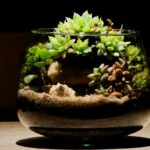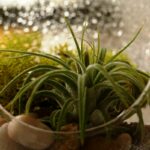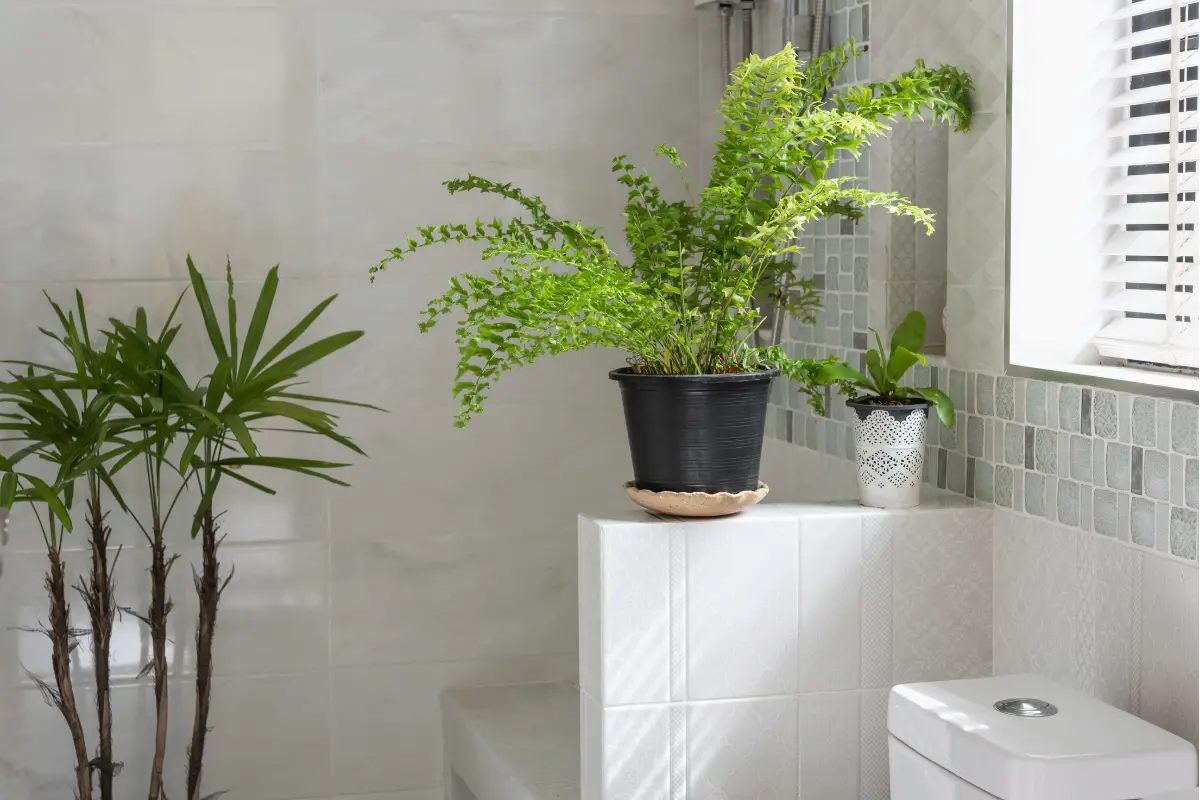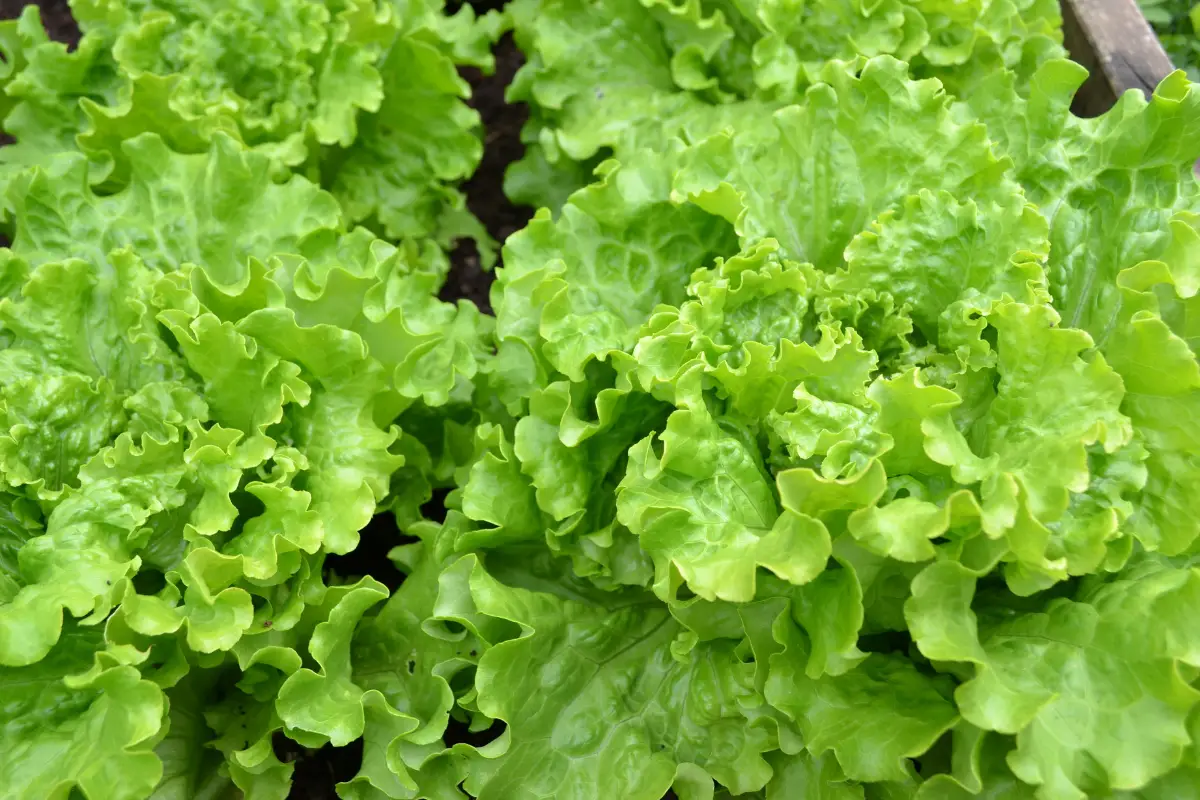If you’re looking for a new hobby or a way to bring some greenery into your home, a terrarium might be just what you need.
Terrariums are mini ecosystems that can be tailored to your specific preferences and the needs of the plants you choose. They are a great way to bring a touch of nature into your home, and with so many options on the market, it can be overwhelming trying to choose which one to buy.
In this article, we’ll explore the different types of terrariums, the factors you should consider when choosing one, and provide some tips to help you get started.
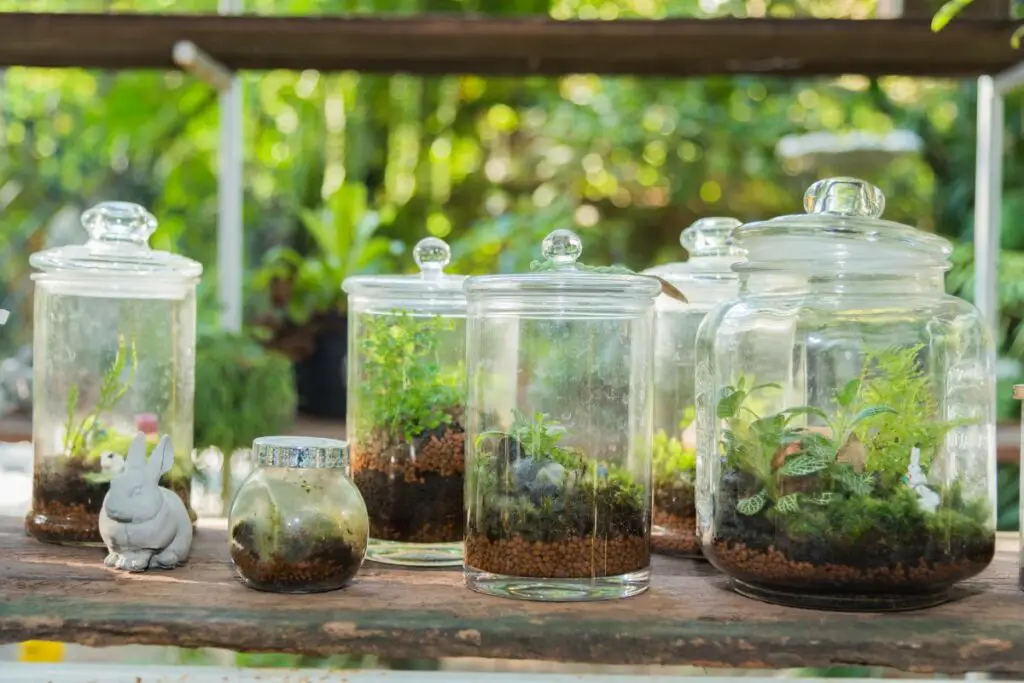
Table of Contents
Types of Terrariums
There are several different types of terrariums to choose from, each with its own set of benefits and drawbacks.
Open Terrariums
Open terrariums are just that – open. They have no lid and provide plenty of air circulation for plants. This type of terrarium is best suited for plants that don’t need a lot of humidity, such as cacti or succulents.
Closed Terrariums
Closed terrariums have a lid that seals in moisture and creates a more humid environment. This type of terrarium is ideal for plants that need a lot of moisture, such as ferns or moss.
Aquatic Terrariums
Aquatic terrariums are similar to closed terrariums but are specifically designed for aquatic plants and small fish or other aquatic creatures.
These terrariums can be quite complex to set up and maintain, so they’re best suited for experienced hobbyists.
Factors to Consider When Choosing a Terrarium
When choosing a terrarium, there are several factors you should consider:
Size
Terrariums come in a variety of sizes, from small tabletop versions to large floor models. Consider the size of your space and the amount of plants you want to include when choosing a terrarium.
Lighting
Plants need light to survive, so consider the amount of natural light your terrarium will receive and whether you’ll need to supplement it with artificial light.
Environment
Consider the environment you want to create in your terrarium, and choose plants and accessories that will help you achieve that. For example, if you want a tropical rainforest look, choose plants that thrive in that environment and add a watering system.
Maintenance
Some terrariums require more maintenance than others, so consider how much time and effort you’re willing to put into caring for your plants.
Tips for Setting Up Your Terrarium
Setting up a terrarium can be a bit intimidating, but with a little bit of preparation, it can be a fun and rewarding experience.
Choose the Right Container
When choosing a container for your terrarium, make sure it’s made of a material that’s safe for plants and won’t leach harmful chemicals into the soil. Glass is the most popular material, but plastic or metal containers can work as well.
Add Drainage Material
Plants need good drainage to prevent root rot, so make sure to add a layer of gravel or stones to the bottom of your container before adding soil.
Select the Right Plants
Choose plants that are compatible with each other and with the environment you want to create in your terrarium.
Consider the light and moisture requirements of each plant and make sure they will be able to thrive together.
Be Mindful of Watering
Overwatering is one of the most common mistakes people make when setting up a terrarium.
It’s important to know the moisture requirements of your plants and to use a watering system that allows you to control the amount of water you’re adding to the terrarium. A good rule of thumb is to wait until the top layer of soil is dry before watering again.
Maintain the Ecosystem
A terrarium is a mini ecosystem, and it’s important to keep it in balance. Monitor your plants regularly to make sure they’re getting the right amount of light, moisture, and nutrients. Consider adding fertilizer or other supplements as needed to keep your plants healthy.
Conclusion
A terrarium is a great way to bring a touch of nature into your home and to explore your green thumb.
With so many options to choose from, it’s important to consider the factors that will impact the success of your terrarium and to choose plants that are compatible with each other and the environment you want to create.
With a little bit of preparation and regular maintenance, you’ll be on your way to creating a thriving mini ecosystem that you’ll enjoy for years to come.
- How to Build a Planter Box for Bamboo: A Step-by-Step Guide

- Can Robotic Lawnmowers Handle Steep Slopes?

- Do You Need a Specific Lawn for a Robotic Lawnmower? Expert Advice

- Are Robotic Lawnmowers Safe for Pets and Children? Safety Features of Robotic Lawnmowers

- Why Use Robotic Lawnmowers? Advantages of Using a Robotic Lawnmower

- Is the GARDENA SILENO City 300 Cordless or Corded? A Clear Answer










